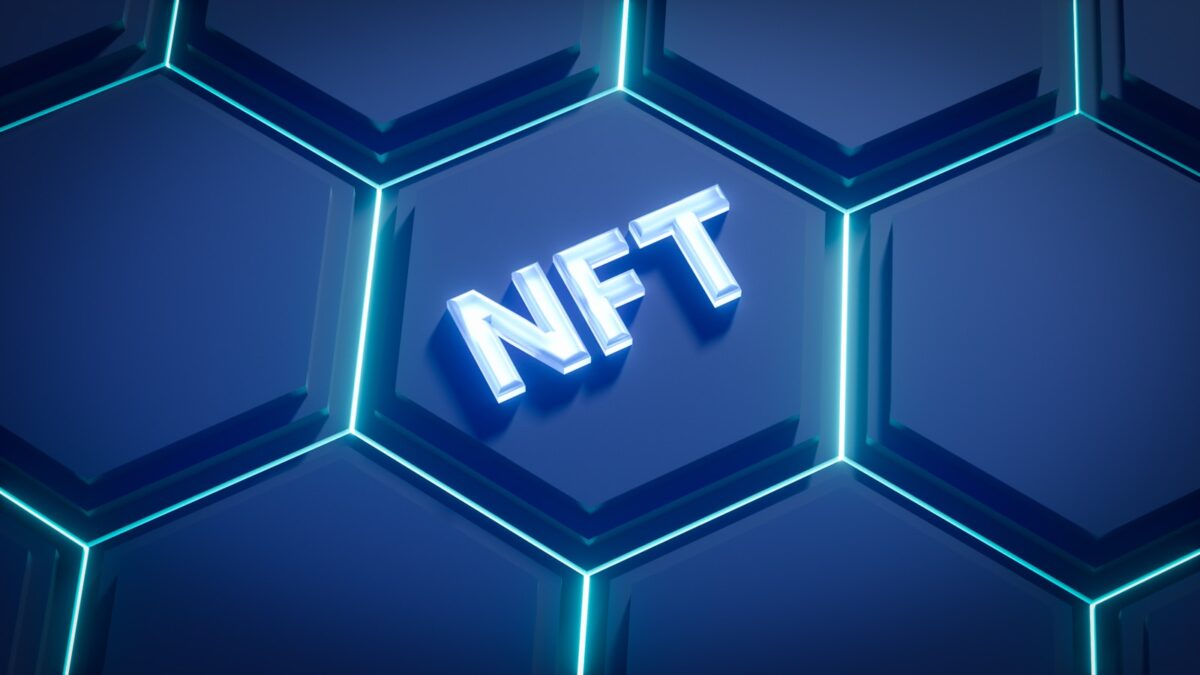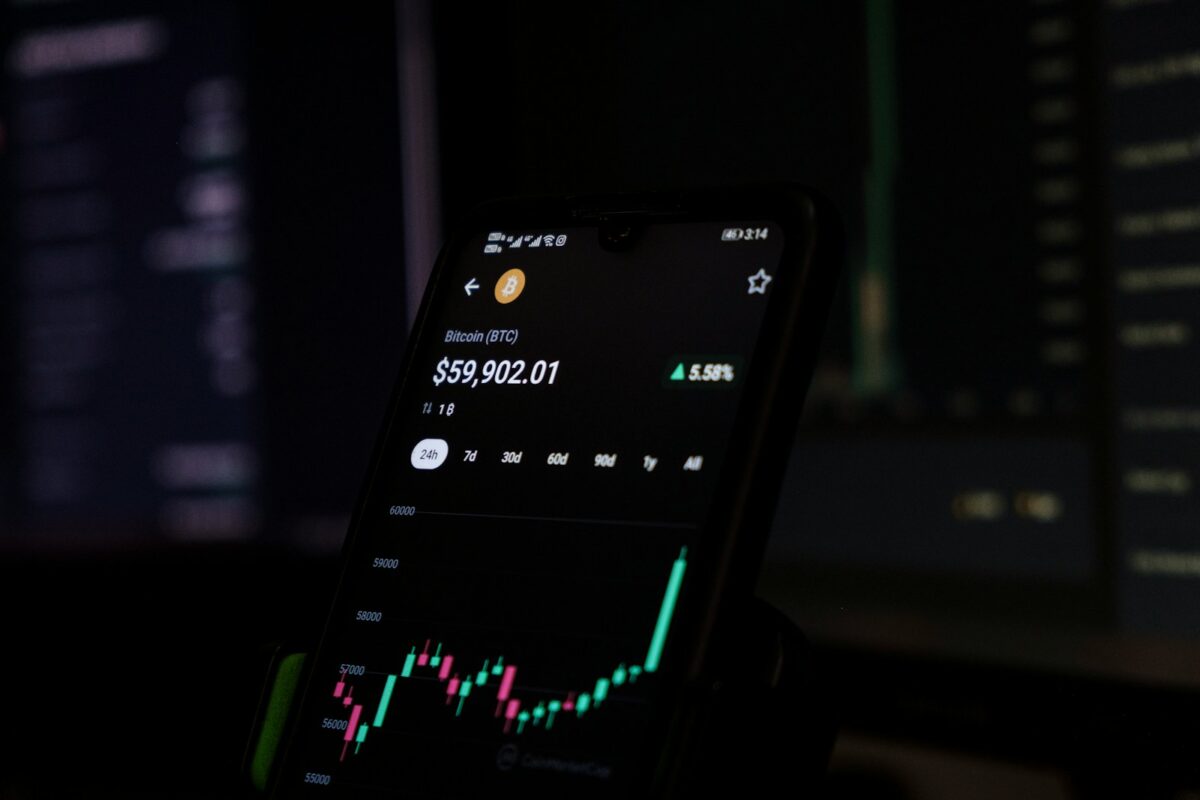
DeFi protocols basic overview

Smart contract technology enables automated execution of financial operations without intermediaries, transforming traditional lending and borrowing into transparent, programmable actions. By removing centralized authorities, these systems facilitate trustless interactions where users can supply assets to earn yield or access liquidity through borrowing with predefined conditions.
Lending platforms within decentralized networks allow asset holders to generate passive income by providing funds that others can borrow, often collateralized by cryptocurrency. This creates a dynamic marketplace where interest rates adjust algorithmically based on supply and demand, optimizing capital efficiency beyond conventional banking models.
Trading activities integrated into these frameworks utilize smart contracts to ensure secure and permissionless exchange of tokens. Automated market makers replace order books by continuously offering liquidity pools that enable seamless swaps while maintaining price balance through mathematical formulas.
The architecture behind these distributed financial instruments relies on distinct communication standards and interaction layers that coordinate diverse functions such as collateral management, liquidation processes, and reward distribution. Understanding the interplay between these components illuminates how decentralized ecosystems sustain financial operations with minimal human intervention.
Decentralized Finance Mechanisms and Smart Contract Implementation
Exploring decentralized financial systems requires understanding the functionality of smart contracts as foundational elements. These programmable scripts autonomously execute terms embedded within them, eliminating intermediaries in operations such as lending, borrowing, and trading. By leveraging blockchain’s immutability, these contracts ensure transparency and security, enabling trustless interactions between participants.
Trading mechanisms integrated into decentralized ecosystems utilize liquidity pools governed by automated market makers (AMMs). Unlike traditional order book exchanges, AMMs rely on mathematical formulas to price assets dynamically, fostering continuous liquidity. This approach mitigates slippage and enhances capital efficiency for traders engaging in asset swaps without centralized oversight.
Core Financial Services Enabled by Decentralized Applications
Lending platforms built on distributed networks offer permissionless access to credit through collateralized loans. Borrowers deposit digital assets as collateral to receive stablecoins or other tokens, with interest rates often determined algorithmically based on supply-demand dynamics. Such models provide global users with alternatives to conventional banking while maintaining risk parameters via over-collateralization.
Protocols facilitating borrowing utilize oracle services to verify real-time asset prices, ensuring accurate liquidation triggers when collateral value declines below safety thresholds. This integration underscores the importance of reliable data feeds in maintaining system solvency and protecting lenders from defaults within an autonomous environment.
Smart contract auditing remains a critical process for assessing vulnerabilities that could lead to exploitation or loss of funds. Comprehensive code reviews combined with formal verification techniques reduce systemic risks inherent in automated financial agreements. Continuous updates and community-driven governance contribute to iterative protocol improvement and resilience against emerging threats.
- Automated liquidity provision through staking incentives enhances ecosystem sustainability.
- Cross-chain interoperability protocols enable diversified asset utilization across multiple blockchains.
- Governance frameworks empower token holders to influence parameter adjustments affecting lending rates and collateral requirements.
The integration of decentralized finance applications represents a paradigm where financial inclusivity meets cryptographic assurance. Experimenting with various protocol architectures offers insights into optimizing user experience while safeguarding assets within permissionless networks. Researchers are encouraged to analyze transaction flows and contract interactions systematically to identify performance bottlenecks and security enhancements.
How DeFi Protocols Work
Smart contracts automate the core functions of decentralized finance, enabling users to engage in lending and borrowing without intermediaries. These self-executing agreements operate on blockchain networks, ensuring transparency and security by enforcing terms programmatically. For example, a lending contract locks collateral and releases funds only when predefined conditions are met, eliminating counterparty risk traditionally found in centralized systems.
Trading mechanisms within these systems leverage automated market makers (AMMs), which utilize liquidity pools instead of order books. Users contribute assets to these pools and receive yield proportional to their share. This model not only facilitates continuous asset swaps but also incentivizes participation through fees distributed among liquidity providers, as seen in platforms like Uniswap or SushiSwap.
Technical Foundations and Financial Interactions
The architecture underpinning decentralized finance relies heavily on modular components that interact seamlessly. Lending and borrowing modules allow participants to deposit assets to earn interest or take out loans by providing collateral at specific loan-to-value ratios. Smart contract algorithms manage liquidation events automatically if collateral value falls below threshold levels, thus preserving protocol solvency.
Yield generation is another critical aspect, driven by strategies such as staking tokens or supplying liquidity. Sophisticated protocols incorporate composability–allowing multiple financial applications to interoperate–enabling users to stack yield opportunities. For instance, one might borrow stablecoins using crypto collateral and then deploy those stablecoins into other yield-generating contracts, amplifying returns with compounded risk considerations.
Security models hinge on rigorous code audits and formal verification methods applied to smart contracts before deployment. Despite this, vulnerabilities such as flash loan attacks highlight the importance of continuous monitoring and adaptive governance frameworks embedded within these ecosystems. Governance tokens often grant holders voting rights to propose upgrades or parameter changes, maintaining the system’s integrity over time.
The evolving landscape of decentralized finance integrates cross-chain functionalities, allowing asset transfers across different blockchains via bridges or wrapped tokens. This interoperability expands trading possibilities beyond single networks and enhances liquidity depth across markets. Experimentation with layer-2 scaling solutions further improves transaction throughput while reducing costs–a vital factor for sustaining user engagement in complex financial operations.
Popular Lending Platforms in Decentralized Finance
For efficient borrowing and lending within decentralized finance, smart contracts form the backbone of reliable platforms. A notable example is Aave, which utilizes programmable agreements enabling users to deposit assets as collateral and borrow multiple cryptocurrencies simultaneously. Its flash loan feature exemplifies innovative contract design, allowing instant, uncollateralized borrowing if repayment occurs within one transaction block. This mechanism not only facilitates arbitrage opportunities but also highlights how automated contracts can redefine traditional credit issuance without intermediaries.
Compound operates with a model based on interest rate algorithms that adjust dynamically according to supply and demand metrics on its platform. Lenders receive cTokens representing their stake, which accrue yield continuously through embedded smart contract logic. Borrowers incur variable rates determined by pool utilization, showcasing an adaptive approach to liquidity management. Such mechanisms emphasize how algorithm-driven finance can create self-sustaining markets for both lending and borrowing without centralized control.
MakerDAO integrates stablecoin creation into its lending framework by locking collateral in vaults governed through autonomous contracts. This system stabilizes the DAI token via over-collateralization strategies and liquidation processes encoded in contract rules. The platform’s governance model permits stakeholders to vote on risk parameters affecting borrowing thresholds and interest rates, illustrating the intersection of decentralized governance with financial risk management in blockchain-enabled lending environments.
Yearn Finance aggregates various yield-generating opportunities by routing deposited funds across multiple liquidity pools and trading strategies automatically managed by smart contract vaults. By optimizing asset allocation among lending and trading venues such as Curve or Uniswap, it maximizes returns for users seeking passive income streams from crypto holdings. This composability of decentralized applications creates complex financial interactions while maintaining transparency through immutable code execution on public ledgers.
Decentralized Exchanges Explained
Decentralized exchanges operate by enabling peer-to-peer trading without intermediaries, utilizing smart contracts to automate order matching and settlement. This architecture eliminates the need for centralized custodians, reducing counterparty risk and enhancing security for users engaging in asset swaps. Unlike traditional platforms, these systems maintain user control over private keys, ensuring that funds are never held by a third party during finance operations.
The core functionality of decentralized trading platforms relies on blockchain networks to execute transactions transparently and immutably. By leveraging programmable smart contracts, these marketplaces facilitate asset exchange with predefined rules encoded directly into the contract logic. This approach allows for trustless interactions where users can confidently perform lending, borrowing, or swapping activities without relinquishing custody.
Mechanisms Behind Decentralized Trading
Automated market makers (AMMs) represent a prevalent mechanism within decentralized trading environments. AMMs function through liquidity pools funded by participants who deposit pairs of tokens, earning fees in return. The pricing algorithms adjust token values based on supply-demand dynamics within these pools, offering continuous liquidity without order books typical of centralized platforms. Examples like Uniswap and SushiSwap demonstrate how these algorithms enable efficient asset exchange while incentivizing liquidity providers.
In addition to spot trading, some decentralized platforms extend their capabilities toward lending and borrowing services integrated into the same ecosystem. These financial activities utilize collateralized smart contracts that enforce loan terms autonomously, reducing reliance on credit checks or intermediaries. The convergence of trading and lending protocols enhances capital efficiency by allowing users to leverage assets dynamically across different functions within decentralized networks.
Security considerations remain paramount; smart contract vulnerabilities can introduce risks such as exploits or unintended behaviors affecting fund safety. Rigorous audits and formal verification methods are commonly employed to mitigate these challenges. Users are encouraged to analyze protocol design thoroughly and consider factors like liquidity depth, transaction finality times, and composability when selecting decentralized platforms for complex finance operations involving multiple layers of interaction.
The future trajectory points toward increased interoperability among various chains to broaden access and reduce friction in cross-platform transactions. Layer 2 solutions also aim to optimize scalability by minimizing gas costs while maintaining decentralization principles vital for trustlessness. Experimental implementations continue exploring hybrid models combining off-chain computation with on-chain settlement, potentially enhancing throughput without compromising transparency inherent in blockchain-based financial ecosystems.
Risks in Decentralized Finance Mechanisms
Mitigating vulnerabilities related to smart contracts is paramount for users engaging with decentralized lending and borrowing platforms. Automated agreements enable yield generation and trading without intermediaries, but bugs or exploits within these codes can lead to significant asset losses. For instance, the 2020 incident involving a flaw in a popular lending contract resulted in millions being drained due to reentrancy attacks. Auditing and formal verification methods can reduce such risks, yet they cannot eliminate them entirely because of the complexity and novelty of these systems.
Market volatility introduces substantial uncertainty for participants utilizing collateralized borrowing services. Sharp price swings may trigger liquidations when loan-to-value ratios are breached, causing forced asset sales that amplify market downturns. Protocols relying on algorithmic mechanisms to maintain stability often face challenges during extreme conditions, as observed during flash crashes where automated trading bots exacerbate declines. Understanding these dynamics encourages cautious leverage use and diversification strategies.
Technical and Operational Threats
Decentralized finance platforms depend heavily on oracle networks for external data feeds such as asset prices. Manipulation or outages in these input sources can distort contract execution, leading to incorrect margin calls or yield distributions. The infamous case of oracle price manipulation allowed malicious actors to exploit liquidity pools by artificially inflating token values before withdrawing funds. Employing multiple independent oracles and time-weighted averages helps increase resilience against such attacks.
The composability feature–where multiple financial modules interlink–creates systemic risk through cascading failures. A malfunction or exploit in one lending mechanism may propagate across connected trading and staking services due to shared dependencies on underlying smart contracts. This interconnectedness mirrors traditional financial contagion but occurs at a much faster pace, requiring continuous monitoring tools and stress-testing frameworks adapted for blockchain environments.
User error remains an underappreciated hazard when interacting with complex decentralized applications. Mistakes like sending tokens to incorrect addresses, misconfiguring permission settings, or misunderstanding liquidation thresholds frequently result in irreversible losses since transactions are immutable on-chain. Educational initiatives combined with user-friendly interfaces that incorporate real-time alerts about contract states could empower individuals to make informed decisions while exploring innovative financial instruments.
Conclusion: Strategic Integration of Wallets in Decentralized Finance
Utilizing wallets as entry points for borrowing and lending within decentralized finance significantly enhances user control over asset management and yield optimization. Through direct interaction with smart contracts, wallets enable seamless execution of complex financial operations without intermediaries, reducing counterparty risk and increasing transactional transparency.
Advanced wallet functionalities facilitate programmable finance by supporting multi-signature authorizations and automated contract triggers, which expand possibilities for composable strategies across various lending and yield-generating platforms. This integration not only streamlines capital allocation but also encourages innovative experimentations with novel collateral models and interest mechanisms.
Implications for Future Developments
- Interoperability: Wallets will increasingly serve as hubs connecting heterogeneous decentralized applications, enabling cross-chain borrowing and lending that leverage diverse liquidity pools.
- Security Enhancements: Hardware-backed wallets combined with formal verification of smart contracts will minimize vulnerabilities inherent in lending agreements, ensuring safer participation in permissionless finance.
- User Experience Innovation: Layered abstractions within wallet interfaces will simplify interactions with complex yield farming protocols, making sophisticated strategies accessible to a broader demographic without sacrificing decentralization principles.
- Programmable Yield Structures: Customizable contract templates embedded in wallets will allow users to tailor borrowing terms and reward distributions dynamically, fostering personalized risk-return profiles.
The continuous evolution of wallets as intelligent agents capable of managing decentralized loans and deposits marks a pivotal shift toward autonomous financial ecosystems. Encouraging experimental deployment of these tools can unlock deeper understanding of liquidity dynamics and optimize capital efficiency across interconnected networks. Investigating how wallet-enabled automation interacts with emerging algorithmic lending frameworks presents fertile ground for advancing open finance paradigms.


